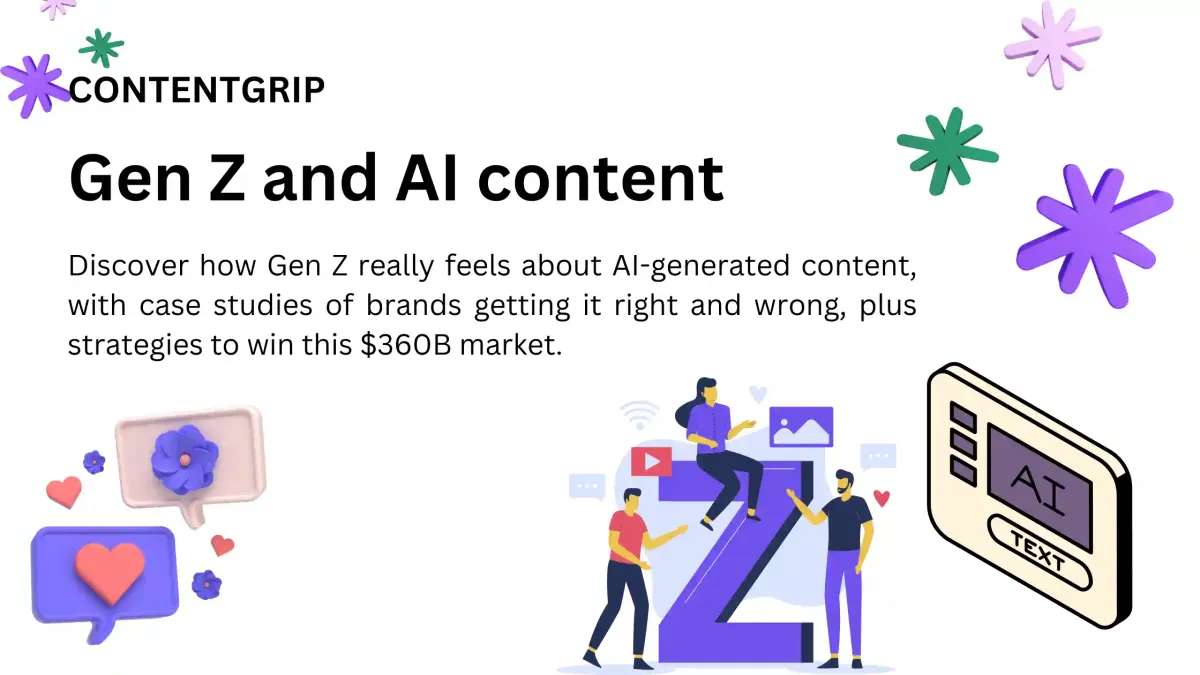Should marketers hide their AI use?
Some marketers keep AI tools a secret. Should you? This article explores the strategic pros and cons of transparency.

AI is now embedded in nearly every corner of modern marketing—from crafting copy and generating visuals to automating research and personalizing user experiences. As the tools become more powerful and accessible, marketers are rapidly integrating AI into daily workflows.
But there's a growing divide: some proudly share their use of AI to showcase innovation and efficiency, while others keep it on the down-low, fearing judgment or misunderstanding.
This article explores the central question: should marketers be secretive about their AI use—or embrace transparency?
Short on time?
Here’s a table of contents for quick access:
- Why some marketers keep their AI use private
- The case for transparency
- When it might make sense to stay quiet
- What this means for your brand, team, and clients

Why some marketers keep their AI use private
Not everyone is eager to admit they use AI. Some worry about being perceived as lazy or less creative. For creatives in particular, there’s a lingering fear that clients might think: “Why are we paying you if a machine does the work?”
Studies find that nearly 43% of marketers say they don’t know how to get the most out of generative AI, and 39% admit they’re unsure how to use it safely. That lack of confidence often leads to silence.
There's also the matter of protecting the company’s competitive edge. Sharing your AI stack could reveal valuable tactics or tools to rivals. And in some cases, marketers simply want to avoid skepticism from clients or consumers who might still distrust AI-generated content .
The case for transparency
On the flip side, transparency builds trust. When brands openly explain how they use AI—and emphasize that strategy and ideas still come from humans—it can actually improve credibility.
Being upfront shows you're using new tools responsibly. It also positions your team as thoughtful and innovative, not just efficient. For brands, this openness can become a unique selling point and a chance to lead industry conversations around AI.
Transparency can also improve customer engagement. When users understand how AI tailors content or personalizes experiences, they may be more receptive to the outcome.

When it might make sense to stay quiet
There are valid reasons to keep your AI usage under wraps—especially in early stages. If your workflows are still experimental or you’re unsure about results, it might be wise to wait until processes are more polished.
In white-label or NDA-protected work, disclosing AI involvement might be contractually off-limits. And in certain testing environments (like A/B testing AI-generated copy), revealing that AI was involved could skew user response.
Some marketers also worry about triggering consumer bias. Even if AI content is high-quality, users may judge it differently simply because it wasn't entirely human-made.
What this means for your brand, team, and clients
Start with your brand voice. If transparency is a core value, then silence about AI could feel inconsistent. Consider building clear internal policies to guide when and how AI use should be disclosed.
Team culture matters, too. If employees feel pressured to hide AI tools, that could signal a larger trust or training gap. Investing in AI education can reduce that stigma and empower teams to use new tools confidently. According to Lifewire, 92% of marketing leaders now view AI proficiency as a must-have skill .
Client communication also plays a key role. Framing AI as an enhancement, not a replacement, helps reframe the value proposition. It’s not about replacing the strategist—it’s about helping them get to better results, faster.
Finally, marketers should consider setting formal guidelines on AI disclosure. This ensures consistency across campaigns and protects both brand and client relationships.
Transparency isn’t always the default—but it should be a strategic choice, not a fear-based one. In an industry where perception often matters as much as performance, how you talk about AI can shape how you’re seen.
There’s no one-size-fits-all answer here.
But by weighing transparency against brand values, client expectations, and ethical considerations, marketers can navigate AI adoption with clarity and confidence.





